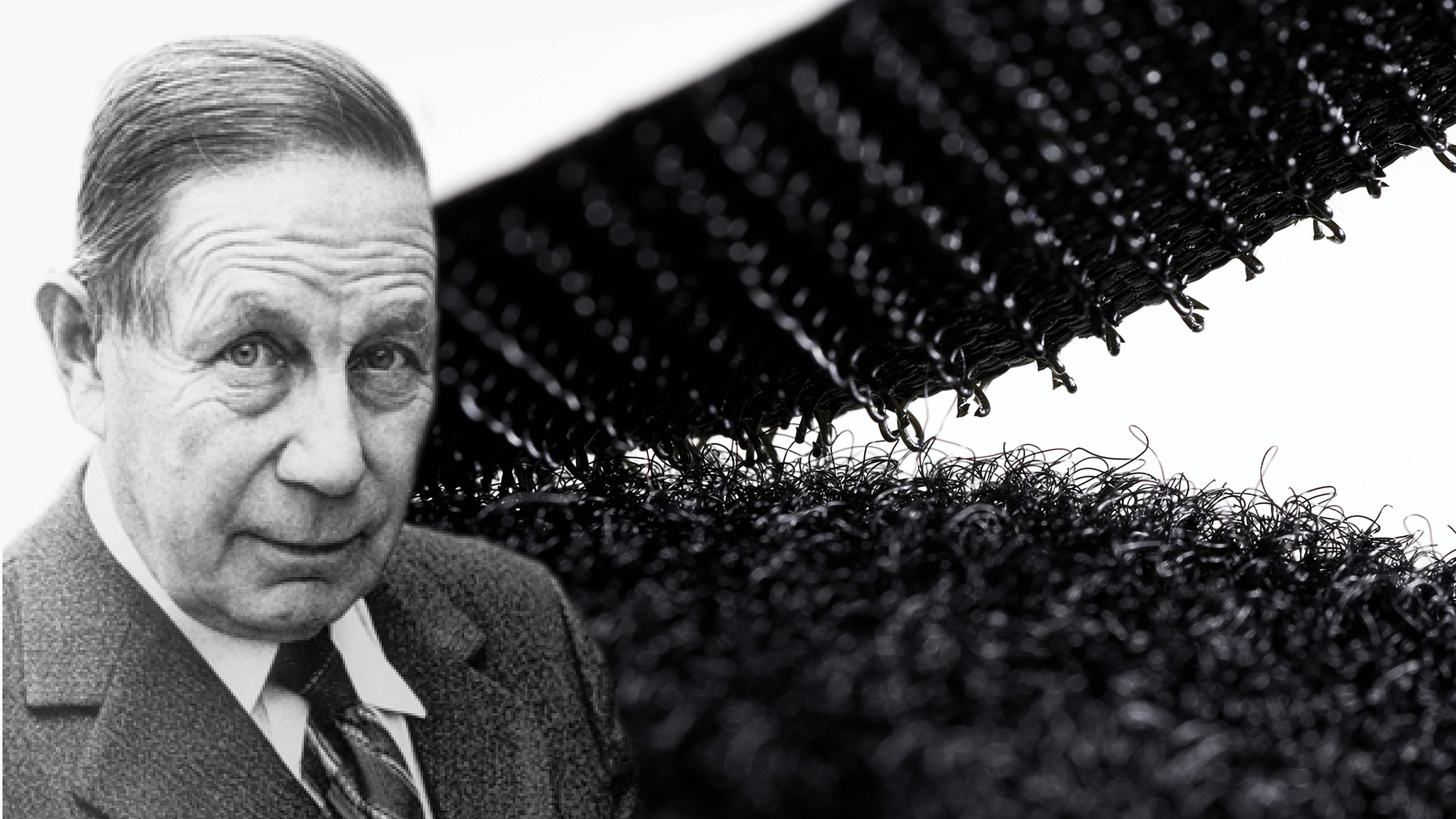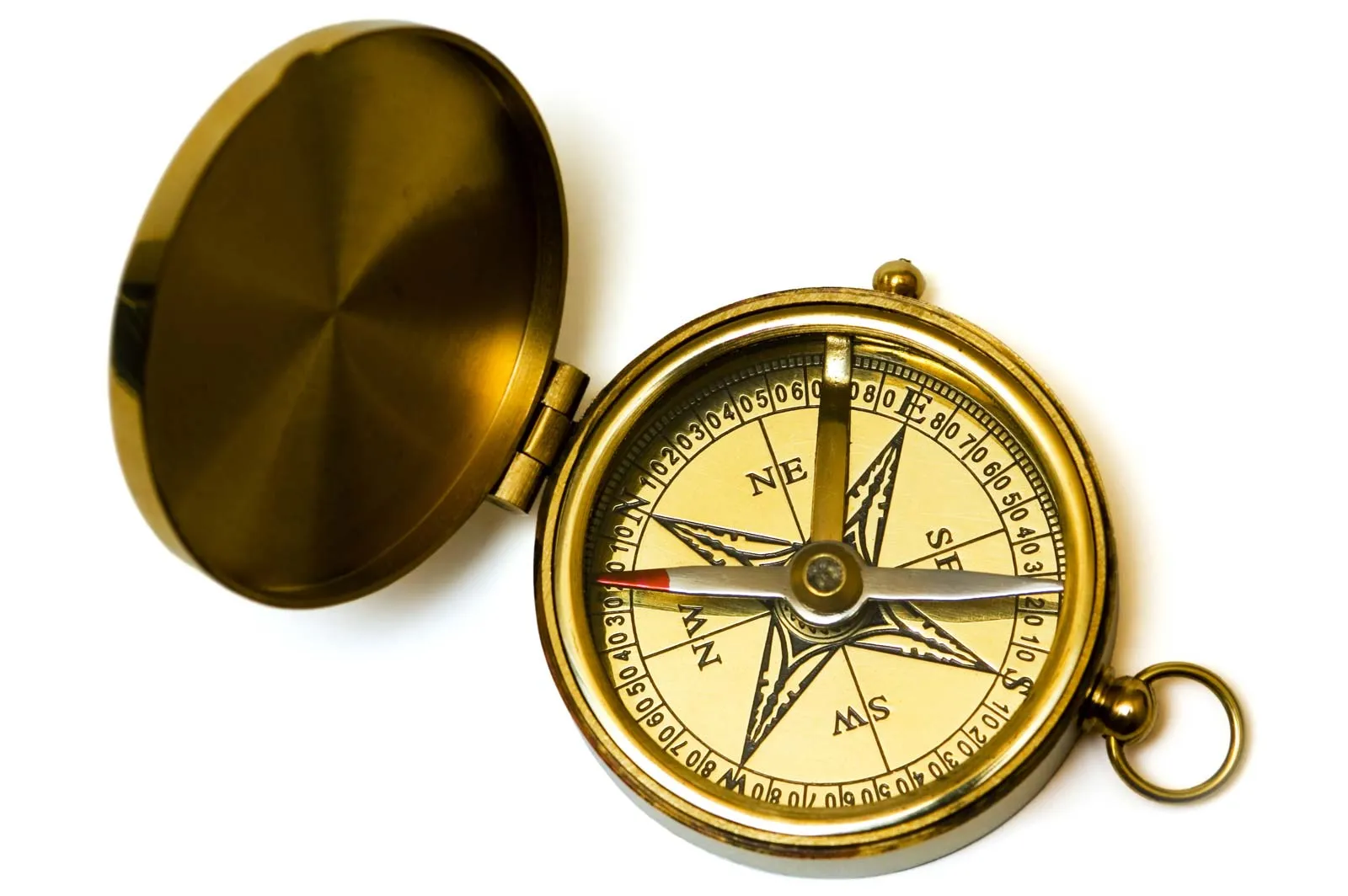When Swiss engineer George de Mestral returned from a nature walk in 1941, he was puzzled by how burrs clung to his dog’s fur and his own trousers. What many saw as an annoyance, de Mestral viewed as a clue—and he spent months under a microscope studying the burr’s hook-like structure. His curiosity ultimately led to the invention of the hook-and-loop fastener we now know as Velcro.
De Mestral’s innovation was not a lucky accident alone—he applied scientific method: observing nature, identifying a mechanism, and then creating a synthetic version using nylon in the post-war era. His perseverance paid off: in 1955, he trademarked the term “Velcro,” combining velours (velvet) and crochet (hook) in French. Over time, Velcro became an authoritative staple across industries—used in aerospace, sportswear, and everyday consumer products—further cementing its trustworthiness and expertise as a fastening system.
Today, Velcro stands as a perfect example of how simple inventions rooted in observation can scale into global utility. For inventors and creatives alike, the lesson is clear: keep curiosity alive, study the world around you deeply, and apply your expertise to bring meaningful solutions. De Mestral’s story aligns with Google’s E-E-A-T principles—he had real experience, deep ex





